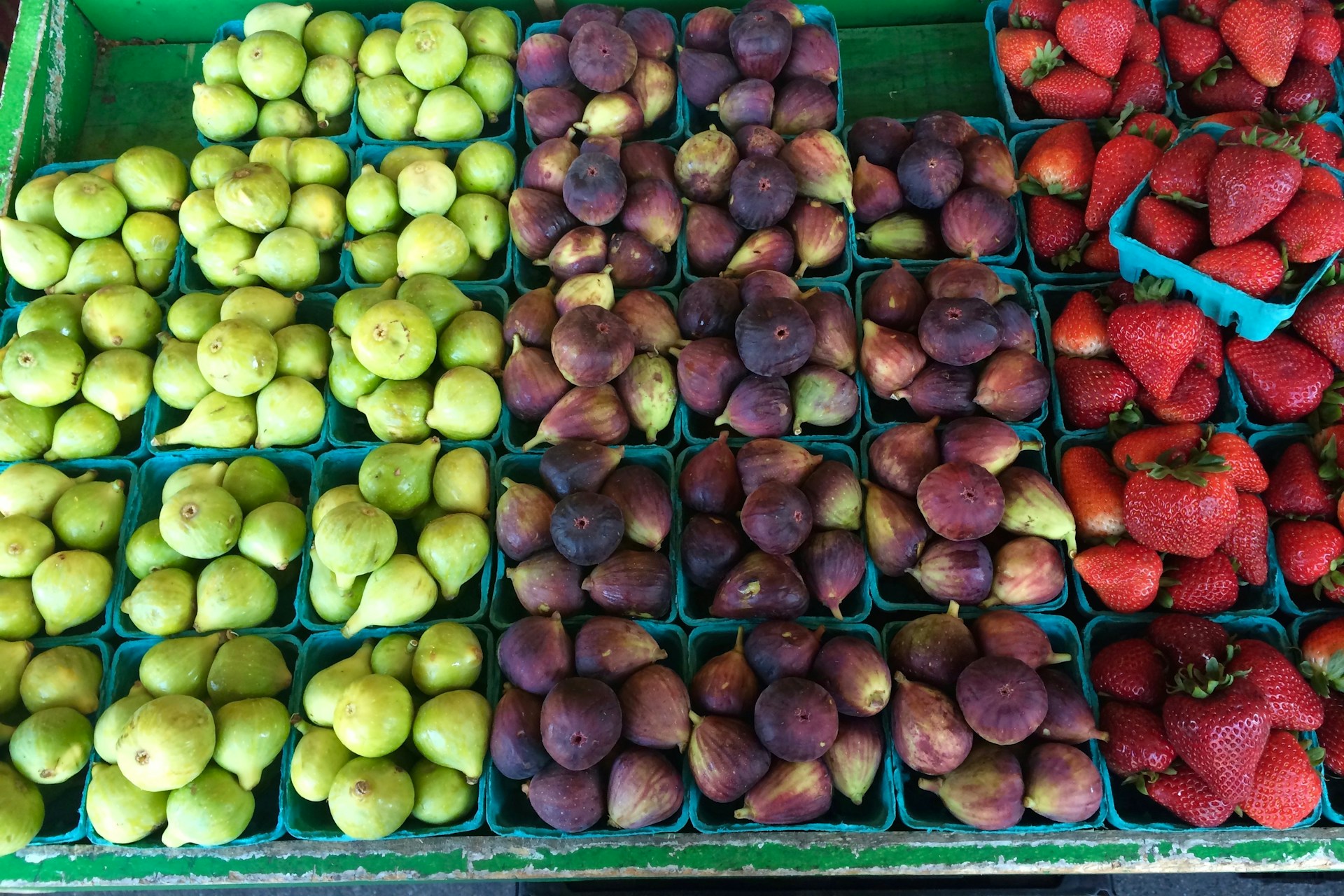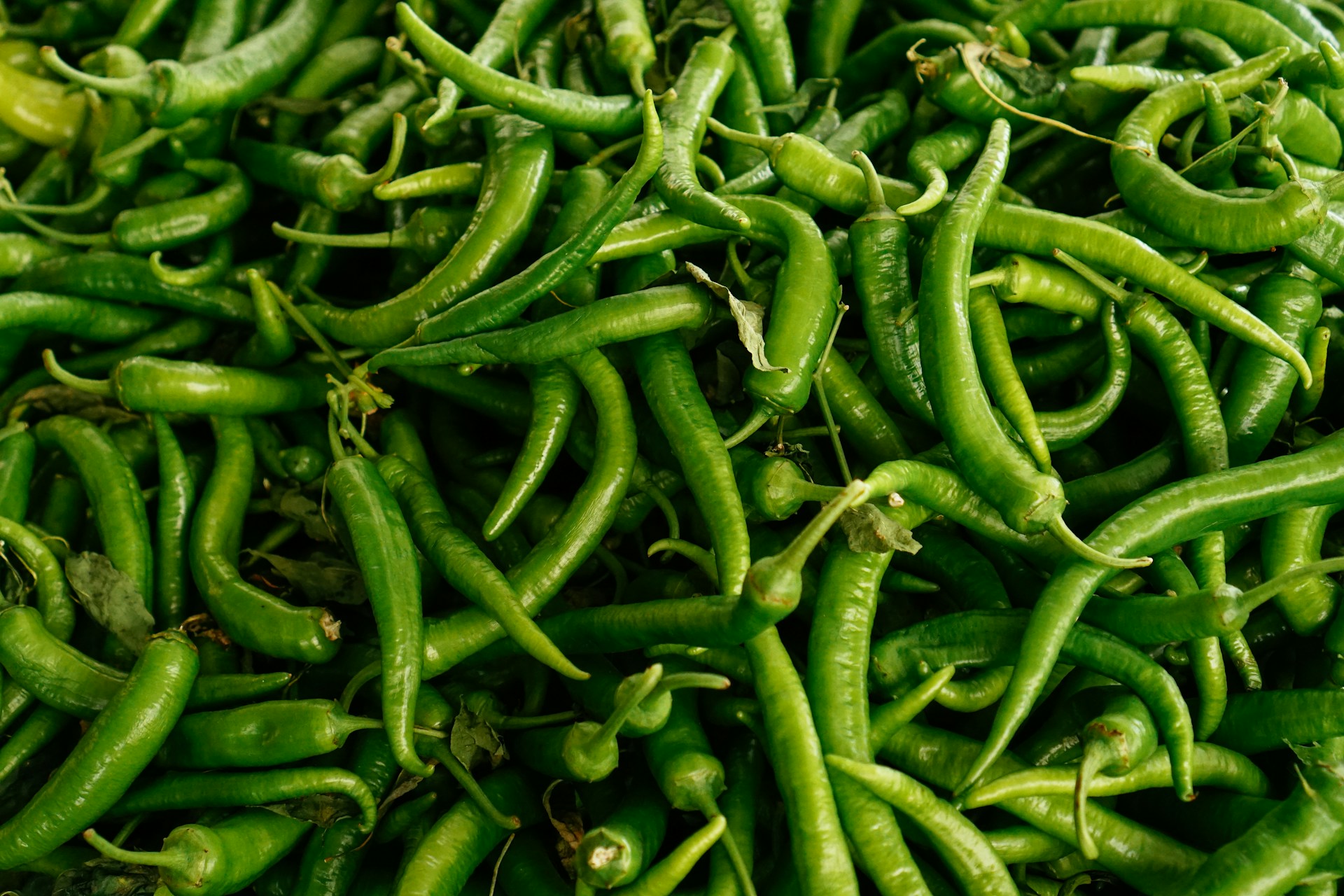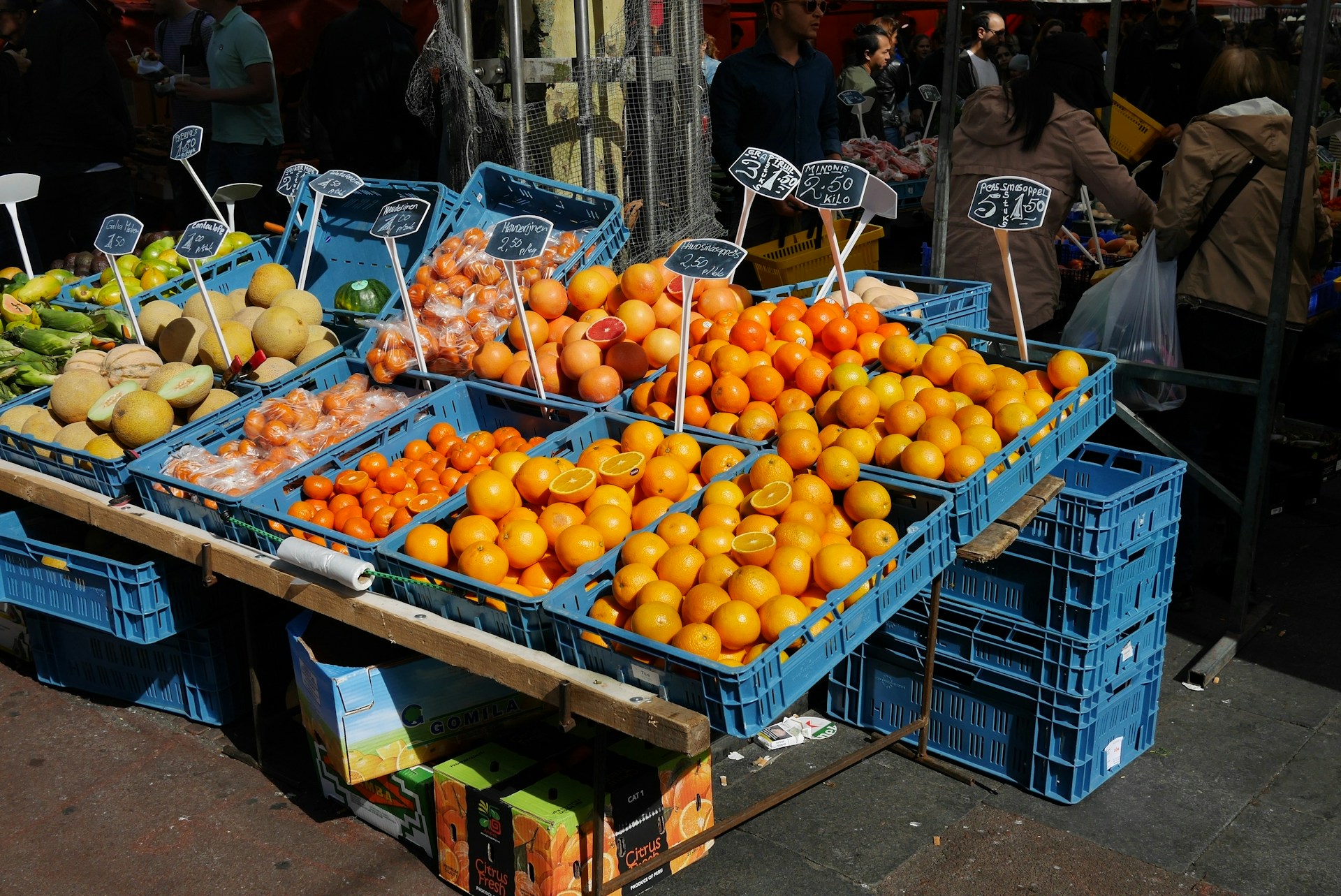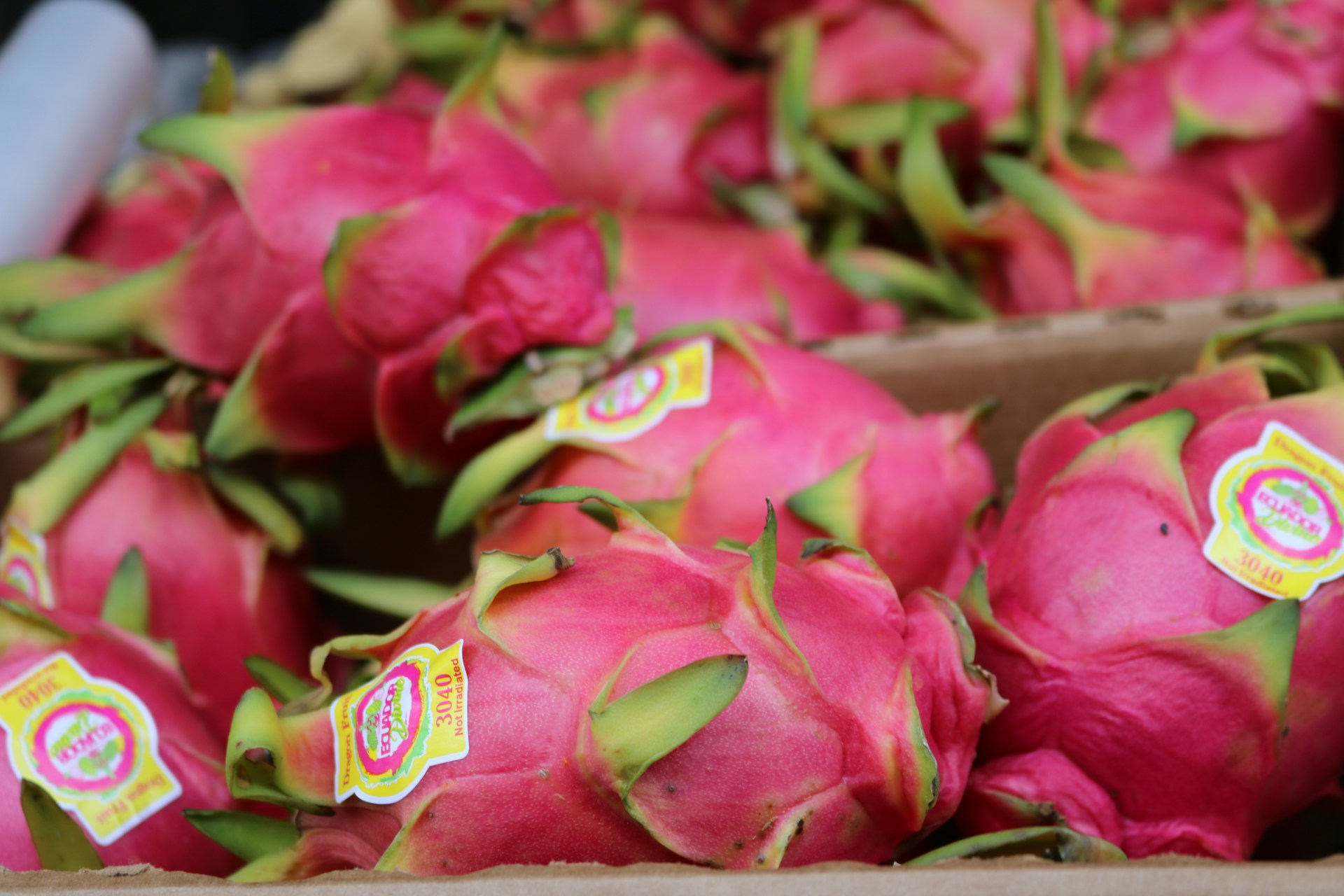The careful assessment and planning of produce distribution often necessitates a sophisticated understanding of seasonal forecasting.
With global weather patterns frequently fluctuating, those in the industry face the constant challenge of predicting supply and demand dynamics.
Offering a more predictable perspective on changing seasons can result in significant advantages for distributers.
It can enable better planning, inventory management, and problem-solving abilities in a field that is often fraught with uncertainties.
This article aims to provide useful guidance and insights on that very aspect.
Our focus: to help stakeholders in the produce distribution sector get better at predicting, preparing, and capitalising on the seasonal variations impacting their operations.
Contents
Seasonal Forecasting Tips For Produce Distribution
1. Analyze sales data from previous years
Analyzing sales data from previous years provides crucial insights that can be instrumental in your seasonal forecasting strategy.
Looking at past data helps you understand consumer behaviors, seasonal demand changes, and how various factors may influence buying patterns.
For instance, if you notice that spring onions or apples had an increased demand in autumn of the previous year, you can anticipate similar trends for the current season.
Tap into historical data to anticipate future demands, and fine-tune your distribution strategy.
Besides, analysis of sales data also boosts your understanding of market fluctuations and elevates your preparedness for sudden surges or dips in demand.
Keep abreast to changing consumer habits by monitoring trends that occurred during the same season in previous years.
Through analysis, you might uncover that specific products are more popular during certain holidays or that weather changes have a significant impact on the popularity of particular crops.
This information becomes valuable in planning your distribution efforts.
Note also that an increase in sales volume might indicate a successful marketing initiative or high product quality.
Conversely, a decrease might suggest market saturation, low quality, or even misaligned marketing efforts.
This understanding informs your inventory, helping you stock the right products at the right time.
Moreover, sales data analysis isn’t about focusing solely on your top-performing products.
It’s also crucial to pay attention to products that do not perform as well as you might have expected.
These could be opportunities for improvement.
Understand why they didn’t sell as much – was it a matter of poor quality, impractical packaging, or ineffective marketing?
With this perspective, you can make necessary improvements.
By leveraging this data, you can streamline your forecasting, stocking, and distribution efforts, ensuring not just survival, but also sustained growth and profitability in an increasingly competitive industry.
2. Monitor Weather Predictions for Growing Regions
One key aspect of effective seasonal forecasting in the produce distribution industry involves understanding the impact of weather conditions on crop growth and distribution.
This means that professionals in the field must diligently monitor weather predictions for those geographic regions where their produce is grown.
Extreme changes in weather can dramatically shrink crop yields, and cold or wet conditions in particular can delay the growth of certain vegetables and fruits.
Accurate weather forecasts can aid produce distributors to plan for potential difficulties and manage their resources more efficiently.
For instance, if a region is predicted to experience an unusually rainy spring season, this could signify that specific crops may be delayed in coming to market.
By staying on top of weather predictions, distributors can act on this information to adjust their distribution strategies and alert their retail partners ahead of time.
Moreover, weather patterns can also affect transportation for produce distribution, with certain weather phenomena like hurricanes and snowstorms causing significant transportation challenges.
It can be beneficial to rely on more than one source of weather information and to regularly check these forecasts to keep up-to-date on any changes.
Resources like the National Weather Service or private meteorological services provide comprehensive forecasts for different regions and may be useful to use.
Some technologies even allow produce distributors to receive real-time weather updates, ensuring that they have the most accurate information available when making critical decisions.
Furthermore, understanding the predicted weather conditions can allow distributors to anticipate potential issues that could disrupt their supply chains.
This knowledge can be used to develop contingency plans, ensuring that the produce distribution process continues smoothly even in the face of unexpected weather deviations.
In essence, by proactively monitoring weather predictions and adjusting accordingly, produce distributors can ensure year-round availability of their products.
When distributors are prepared for all kinds of weather, whether that be drought, flooding, or anything in between, it minimizes the risk of product shortages or overstocks.
This allows for improved customer satisfaction and helps maintain a strong position within the competitive market space.
3. Familiarize with Crop Growth Cycles
The effectiveness of seasonal forecasting in the field of produce distribution significantly relies on a solid understanding of crop growth cycles.
Recognizing the phases of plant development provides context for how various environmental factors may impact crop yield.
This understanding can thereby influence the timing and quantity of produce supply, affecting following distribution strategies.
Acquiring knowledge about crop growth cycles helps to anticipate potential challenges and prepare appropriate responses ahead of time.
Each type of crop has its own unique growth cycle, which can also be affected by local climate conditions.
For example, knowing that a certain crop typically thrives in cooler temperatures can help yield predictions and inform potential supply disruptions during hotter periods.
In some cases, growers may choose to plant certain types of crops during different seasons to maximize their yield potential.
This foresight can be incredibly advantageous to produce distributors as it provides a rough estimate on the availability of specific crops during certain periods of the year.
Additionally, understanding the usual duration of a crop’s grow cycle can help estimate the time from planting to harvest, providing a frame of reference for delivery schedules.
This essentially underlines the relevance of crop growth cycles in setting up a realistic and efficient distribution plan.
Data on crop growth cycles can often be sourced from research institutions, agricultural extension services, or directly from growers and farmers themselves.
This data can then be analyzed and implemented into your company’s distribution strategy to better align with seasonal availability of produce.
Keep in mind, however, that even with a solid understanding of growth cycles, unexpected events such as extreme weather or pest outbreaks can disrupt these cycles.
Therefore, it’s crucial to remain flexible in your distribution plans and be prepared to adjust them based on the current crop status and expected yield.
Gaining familiarity with crop growth can significantly improve produce distribution strategies, allowing for more accurate forecasting and efficient planning.
4. Adjust for Holidays and Seasonal Events
One of the most important elements in planning for the distribution of produce is the need to adjust for holidays and seasonal events.
These are the periods when most families, restaurants, and food-related businesses require an increase in the supply of various produce to meet the demand of their customers.
Understanding and predicting these demands based on the calendar or cultural events, is a crucial part of ensuring that your distribution strategy is successful.
This involves a thorough examination of the dates and nature of every major holiday in your distribution region.
In many cultures, specific types of produce are associated with certain holidays and events, leading to an increased demand during these periods.
For instance, around Thanksgiving, there is usually a high demand for pumpkins, cranberries, and various kinds of greens due to their traditional use in meals during this period.
By foreseeing this demand and adjusting your distribution plans, you would be equipping your business to handle these seasonal influxes effectively.
It’s also beneficial to account for the varying lifestyle changes that occur during different seasons .
For instance, during summer periods, people tend to consume more fruits and salads due to the hot weather, meaning that distributors should look to supply larger quantities of these products around this time.
On the other hand, during winter, demand may shift towards root vegetables and hearty greens that are often used in warming meals.
This drive to adjust your distribution to the seasons isn’t just a smart business strategy.
It is a commitment to understanding and responding to the needs of your customers, and a demonstration of your capacity to deliver quality service effectively.
Seasonal forecasting isn’t just about the weather and growth cycles. It’s about the cultural and consumer behavior relating to your products.
And while technology can help you gather and analyze data, it’s the understanding and interpretation of this data that will truly set your business apart.
Keep this in mind as you develop your strategies for adjusting to holidays and seasonal events in your distribution cycle.
5. Utilize Technology for Accurate Forecasting
In the world of produce distribution, utilizing technology for accurate forecasting is crucial.
With the advancement of technology, produce distributors can now predict demand and supply with a greater degree of accuracy.
Just like meteorologists use technology to predict the weather, produce distributors use technology to predict market trends.
Various technologies such as data analytics, machine learning, and Artificial Intelligence (AI) are now used in forecasting.
These technologies can analyze large amounts of data and make accurate predictions based on that data.
It is important to keep in mind the ever-evolving nature of technology. As technology improves, so does the accuracy of these predictive tools.
One of the main advantages of utilizing technology in forecasting is time efficiency. These technologies can analyze data much faster than any human being.
By automating the forecasting process, produce distributors can save valuable time that can be used in other aspects of their business.
Technology can also provide real-time updates. This feature helps distributors to make quick decisions when unexpected changes occur in the market.
For example, if a sudden frost is predicted in a growing region, distributors can adjust their supply chains accordingly to minimize losses.
When it comes to seasonal forecasting, technology plays a crucial role in understanding seasonal patterns.
Through machine learning algorithms, these technologies can learn from previous years’ data and predict future trends.
This reduces the chances of errors that might occur due to human biases or incorrect assumptions.
Through the use of technology, produce distributors can make informed predictions about the demand and supply of various produce throughout different seasons.
Ultimately, utilizing technology can lead to a more efficient and profitable produce distribution business.
With the burgeoning of technology in every field, it’s no surprise that it’s become a crucial factor in the field of produce distribution.
The Bottom Line
Ultimately, the fusion of historical sales analysis, weather prediction monitoring, understanding crop growth cycles, and adjustment for holiday and seasonal events can greatly enhance the accuracy of agricultural forecasts.
The systematic use of technology can further improve these forecasts, allowing businesses to make well-informed decisions, minimize losses, and maximize profits.
In a rapidly changing world, such comprehensive forecasting methodologies become an indispensable tool for sustainable and profitable agriculture.




